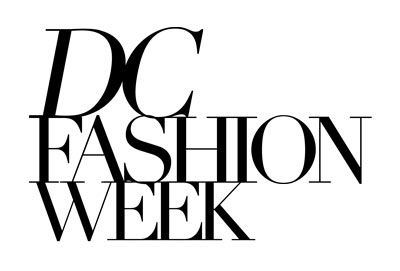Are you looking to launch your perfume brand in this competitive market? If so, then before launching your perfumes, you must thoroughly examine the case studies of top luxury perfume brands and your target audience.
In this blog post, we will be discussing what you can learn from top luxury perfume brands to make your newly launched brand known in the market.
Top Luxury Perfume Brands
There are numerous luxury perfume brands, but we have selected the top three, so you can learn from their brands and avoid the mistakes that new businesses often make.
Here is the list of the top 3 luxury perfume brands:
Dior
When you hear the word “perfume brand”, Dior is the first brand that comes to mind. A brand that has captured the market for so many years with its perfumes, including Sauvage, Poison Girl, and Miss Dior Parfum. But have you wondered how they did that?
By using the right marketing techniques to stay in the trend. For example, when they launched Poison Girl, they hosted an immersive launch event to raise awareness about their new product. And for their iconic Sauvage perfume, they knew what they were doing; they made Johnny Depp their brand ambassador, as they knew that people would connect with him. And that perfume has been holding its place since 2021.
Key Takeaways
- Stay on trend: Keep an eye on market trends and launch products that resonate with current consumer interests.
- Use impactful ambassadors: Choosing the right celebrity, like Dior did with Johnny Depp, can create a lasting connection with your audience.
- Create immersive experiences: Launch events or campaigns that engage customers directly, and make your product memorable.
- Consistency builds trust: Maintaining a strong, recognizable brand image is essential for long-term success.
Fragrance By Sabrina
Sabrina Carpenter’s debut fragrance was Sweet Tooth, and it was released in September 2022. It took the market by surprise, and people were amazed not just by the perfume itself but also by how it was presented. Since then, they have strengthened their presentation game and maintained their market position. Throughout the years, they have expanded their perfume collection by including Caramel Dream and Cherry Baby.
But what amused the customers was how the perfumes looked. The bottles are shaped like a chocolate bar, and even their perfume packaging is like a half-wrapped chocolate bar. This is what captured the customers’ attention as they went out with the creativity.
Key Takeaways:
- Stand out with unique packaging: Use perfume boxes that you can customize to capture customers’ attention, as Sabrina did. Customers love customized packaging for their products, and you can use this to benefit your brand.
- Build a cohesive collection: Expanding thoughtfully, as Sabrina did with Caramel Dream and Cherry Baby, keeps customers engaged and encourages them to return.
- Presentation matters as much as the product: The way a product looks can be as impactful as its quality.
- Create a surprise factor: Launching with an unexpected twist or design can create buzz and excitement in the market.
- Consistency strengthens brand identity: Maintaining a clear, recognizable style helps build loyalty and a distinct presence in the market.
Chanel
Chanel has been creating perfumes that people remember for generations. With scents like Chanel No. 5, Coco Mademoiselle, and Bleu de Chanel, they don’t just sell a fragrance; they sell an experience. What makes Chanel different from other luxury brands is how they combines simple elegance with clever campaigns that catch attention and stick in your mind.
Chanel built its success by combining heritage with modern marketing. For example, Chanel No. 5 became iconic because of how it was positioned not just as a fragrance, but as a symbol of elegance and sophistication. They strategically used celebrities like Marilyn Monroe, who famously declared she wore nothing but Chanel No. 5 to bed.
For Bleu de Chanel, they took a bold step by choosing Gaspard Ulliel for their cinematic ads, directed by Martin Scorsese, which gave the fragrance a story-driven appeal. These campaigns demonstrated how Chanel effectively combines storytelling, star power, and luxury branding to remain at the top.
Key Takeaways:
- Storytelling sells: Build campaigns around narratives that evoke emotion and elegance, like Chanel No. 5’s association with sophistication.
- Leverage iconic endorsements: Collaborating with celebrities can instantly boost credibility and aspirational appeal.
- Invest in cinematic marketing: High-quality, story-driven ads, such as those for Bleu de Chanel, leave a lasting impression.
- Blend tradition with modernity: Respect your brand’s values while using contemporary marketing techniques to stay relevant.
Final Thoughts
Launching a perfume brand in today’s market is challenging, but there is a lot to learn from the top luxury brands. From Dior’s use of trend-focused marketing and impactful ambassadors to Fragrance By Sabrina’s creative packaging and Chanel’s storytelling approach, each brand demonstrates how attention to detail, presentation, and connection with the audience are crucial. By observing these strategies and applying them thoughtfully, new brands can differentiate themselves, build a loyal customer base, and create a lasting impression in the competitive fragrance market.

